UV resin has revolutionized the crafting world with its quick curing time and versatile applications.
If you're searching for the best UV resin for your next creative project, this guide will help you understand what makes a quality product and how to choose the perfect option for your specific needs.
What Makes UV Resin Special?
UV resin differs significantly from traditional epoxy resin in several key ways.
While epoxy requires mixing two components and waiting hours for curing, UV resin comes ready to use and hardens in minutes when exposed to ultraviolet light.
This quick-curing property makes it ideal for jewelry makers, crafters, and artists who want to complete projects faster.
The best UV resins offer several advantages:
- Quick curing (typically 1-5 minutes under UV light)
- No measuring or mixing required
- Less waste since you only use what you need
- Ability to work in layers
- Crystal-clear results when properly cured
Before selecting a UV resin, it's important to understand what qualities make certain products stand out from the competition.
How to Choose the Right UV Resin
When shopping for the best UV resin, consider these crucial factors:
Clarity and Yellowing Resistance
Quality UV resin should remain crystal-clear both initially and over time. Lower-quality resins often yellow with age or UV exposure, ruining the appearance of your projects. Look for products specifically formulated with anti-yellowing properties that maintain transparency for years.
Premium options like Resiners UV Resin contain UV stabilizers that prevent discoloration even after prolonged exposure to sunlight – essential for jewelry and outdoor decorative pieces.
Viscosity Matters
UV resin comes in different viscosities (thickness levels):
- High viscosity: Thicker consistency, ideal for doming effects and building layers
- Medium viscosity: Versatile for most projects
- Low viscosity: Very fluid, perfect for filling small cavities and intricate molds
For beginners, a medium viscosity resin offers the most versatility while you're learning. If you plan to create specific effects like perfect domes on cabochons, you might want a slightly thicker formula.
Hardness After Curing
The best UV resins cure to a hard, durable finish that resists scratches and impacts. Check product specifications for hardness ratings – higher numbers indicate a harder final product. Jewelry applications typically require harder finishes than decorative pieces.
Best UV Resin for Jewelry Making
Jewelry makers have specific needs when it comes to UV resin. The ideal product should:
- Cure to a hard, durable finish that withstands daily wear
- Maintain crystal clarity without yellowing
- Create smooth, bubble-free surfaces
- Bond well with different materials (metal, wood, paper)
Resiners Jewelry Grade UV Resin excels in these areas, offering superior scratch resistance and long-term clarity that jewelry makers require. Its medium viscosity allows for precise application while being thick enough to create perfect domes on pendants and earrings.
When making rings or bracelets that face constant contact, look for formulations specifically designed for high-wear applications. These typically contain additional hardeners that prevent scratching and maintain their gloss even with regular use.
Crystal-Clear Results: Top Clear UV Resins
For projects where absolute transparency is crucial, like encapsulating objects or creating window-like effects, the clarity of your UV resin is paramount.
The best clear UV resins offer:
- Water-like transparency when cured
- No clouding or haziness
- Anti-yellowing properties for long-term clarity
- Self-leveling properties for smooth finishes
Resiners® 1 gallon/2 gallon Crystal Clear Epoxy Resin with Tailored Diversion Port
Resiners Clear UV Resin consistently ranks among the top products for crystal-clear results. Its advanced formula prevents bubbles while self-leveling to create glass-like surfaces. The proprietary anti-yellowing technology ensures your projects remain crystal clear for years, even when displayed in sunlight.
For best results with clear resin, work in thin layers rather than one thick pour. This allows for proper curing throughout and minimizes the risk of uncured spots or cloudiness.
Why Resiners UV Resin Leads the Pack
While many UV resins perform adequately for basic crafts, Resiners has established itself as the preferred choice among professional crafters and jewelry artists for several reasons:
Superior Formula
Resiners UV resin features an advanced formula that balances quick curing with reduced shrinkage, a common problem with lesser resins that can cause warping or cracking. Its self-leveling properties create perfectly smooth surfaces without manual manipulation.
Versatility Across Applications
Whether you're creating jewelry, coating artwork, or crafting decorative items, Resiners UV resin performs consistently across different applications. The medium viscosity works well for most projects, eliminating the need to purchase multiple specialized resins.
Value-Added Features
What truly sets Resiners apart is attention to details that matter:
- Low odor compared to competitors
- Minimal shrinkage during curing
- Excellent adhesion to most surfaces
- Resistant to heat and water after curing
- Consistent results batch after batch
Jewelry designers particularly appreciate the hardness and durability of Resiners UV resin for items that receive daily wear.
Many report that pieces maintain their clarity and finish even after months of regular use.
Best UV Resin for Beginners
If you're new to UV resin crafting, starting with the right product can make your learning experience much more enjoyable. Beginners should look for:
- Easy application with minimal bubbling
- Forgiving working time before curing
- Clear instructions and support resources
- Starter kit options with essential tools
Resiners UV Resin Kits include everything new crafters need: quality resin, basic molds, tools, and easy-to-follow instructions. These kits eliminate guesswork and help you achieve successful results from your first project.
Common beginner mistakes include:
- Using too much resin at once (work in thin layers instead)
- Insufficient UV light exposure (follow recommended curing times)
- Not preparing surfaces properly (always clean and seal porous materials)
- Expecting immediate hardness (some resins need full 24 hours to reach maximum hardness)
Begin with simple projects like pendants or small coasters before attempting more complex designs. This allows you to develop familiarity with how the resin flows, cures, and interacts with different materials.
Adding Color to Your UV Resin Projects
One of the most exciting aspects of working with UV resin is the ability to create vibrant, colorful projects. You have several options:
Resin-Specific Colorants
Special dyes and pigments designed for UV resin offer the most reliable results. These maintain transparency while adding beautiful color that won't interfere with the curing process. Liquid dyes work well for transparent effects, while powdered pigments create more opaque colors.
Resiners® Holographic Ultra Fine Glitter Powder
Everyday Items That Work as Colorants
You can also experiment with:
- Alcohol inks for vibrant, transparent colors
- Mica powders for metallic and pearlescent effects
- Acrylic paints (use sparingly to avoid curing issues)
- Eyeshadow for subtle shimmer effects
Always remember that a little colorant goes a long way with UV resin. Start with tiny amounts and add gradually until you achieve your desired shade.
Resiners® 24 Colors Resin No-Hole Bubble Beads
Troubleshooting Common UV Resin Problems
Even experienced crafters occasionally encounter issues with UV resin. Here are solutions to the most common problems:
Tacky or Uncured Spots
If your project remains sticky after curing:
- Your UV light may be too weak or old – check out this guide for the best UV lights
- The resin layer might be too thick (cure in thinner layers)
- Colorants or additives might be interfering with curing
- The distance between your light and resin might be too great
Try additional curing time or a different UV light source to resolve tackiness.
Bubbles in Your Projects
To prevent or eliminate bubbles when working with UV resin:
- Warm your resin slightly before use (improves flow)
- Pour slowly and from a low height
- Use a toothpick to pop visible bubbles
- Briefly use a heat tool designed for resin (not a hair dryer)
- Allow freshly poured resin to rest for 5-10 minutes before curing
Yellowing Over Time
If your projects yellow with age:
- Use a higher-quality resin with UV stabilizers
- Store finished pieces away from direct sunlight
- Apply a UV-resistant sealing coat to finished projects
- Avoid certain colorants known to accelerate yellowing
Investing in a premium UV resin like Resiners with anti-yellowing technology is often the most effective solution.
Conclusion
Finding the best UV resin for your creative projects depends on understanding your specific needs and the qualities that make certain products stand out. For most crafters and jewelry makers, the ideal UV resin offers quick curing, crystal-clear results, exceptional durability, and resistance to yellowing over time.
Resiners UV resin consistently delivers on these qualities while providing excellent value. Their comprehensive range includes specialized formulations for jewelry, clear coating applications, and beginner-friendly kits that take the guesswork out of resin crafting.
With proper techniques and quality materials, you'll create stunning, professional-looking projects that stand the test of time.
Ready to elevate your crafting experience? Browse Resiners' complete collection of premium UV resins and discover why serious crafters and jewelry makers consider it the best UV resin on the market.
Your creative possibilities are endless with the right resin in your hands!
Frequently Asked Questions
How do I choose UV resin?
Select UV resin based on your project type, desired hardness, and viscosity needs. For jewelry, choose a harder-curing formula with excellent clarity. For coating purposes, a self-leveling, lower viscosity resin works best. Always prioritize anti-yellowing properties for long-term clarity.
What is the difference between UV resin and UV LED resin?
The terms are often used interchangeably, but technically, UV resin can cure under any ultraviolet light source, while UV LED resin is specifically formulated to cure under LED lamps that emit a narrow UV wavelength (usually 365-405nm). Most modern resins work with both traditional UV and LED UV light sources.
Is UV resin stronger than epoxy?
UV resin typically cures harder than epoxy, making it more scratch-resistant but slightly more brittle. Epoxy generally offers better impact resistance and flexibility. For jewelry and small decorative items, UV resin's hardness is usually advantageous. For larger pieces that might experience stress or impact, epoxy may be preferable.
Will a black light cure UV resin?
Yes, a black light can cure UV resin, but it may take longer than purpose-built UV curing lamps. Black lights emit UV-A light in the 315-400 nm range, which will activate the photoinitiators in most UV resins. However, for faster, more reliable curing, a dedicated UV curing lamp in the 365-405nm range is recommended.


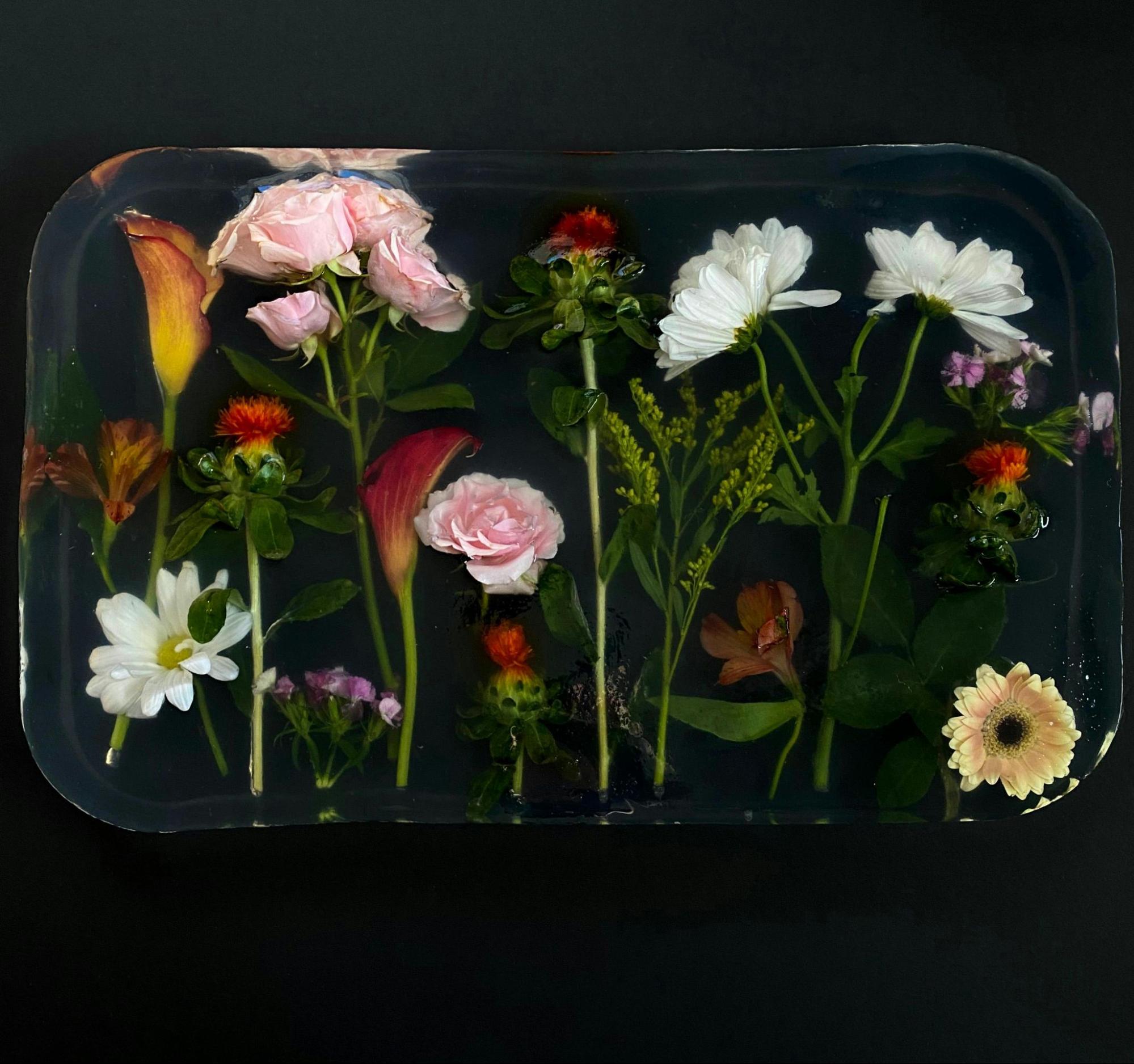
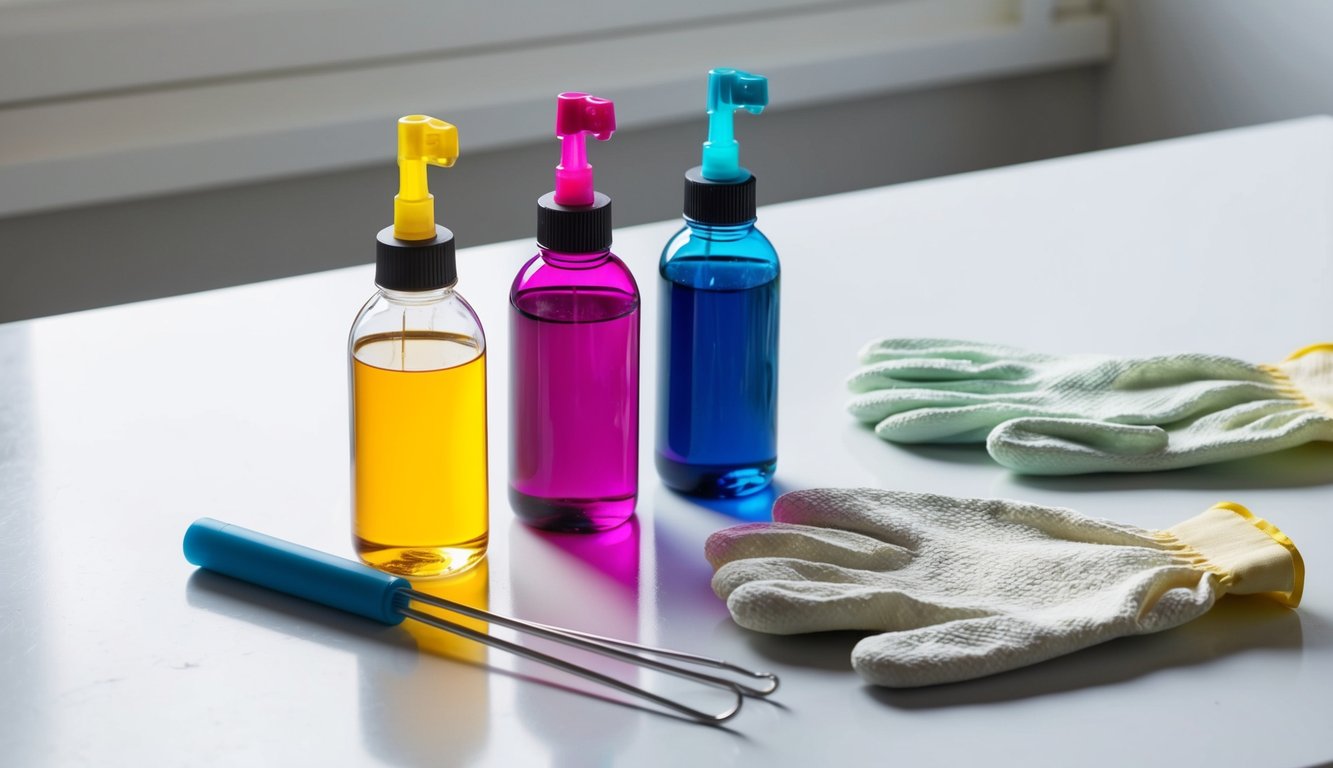
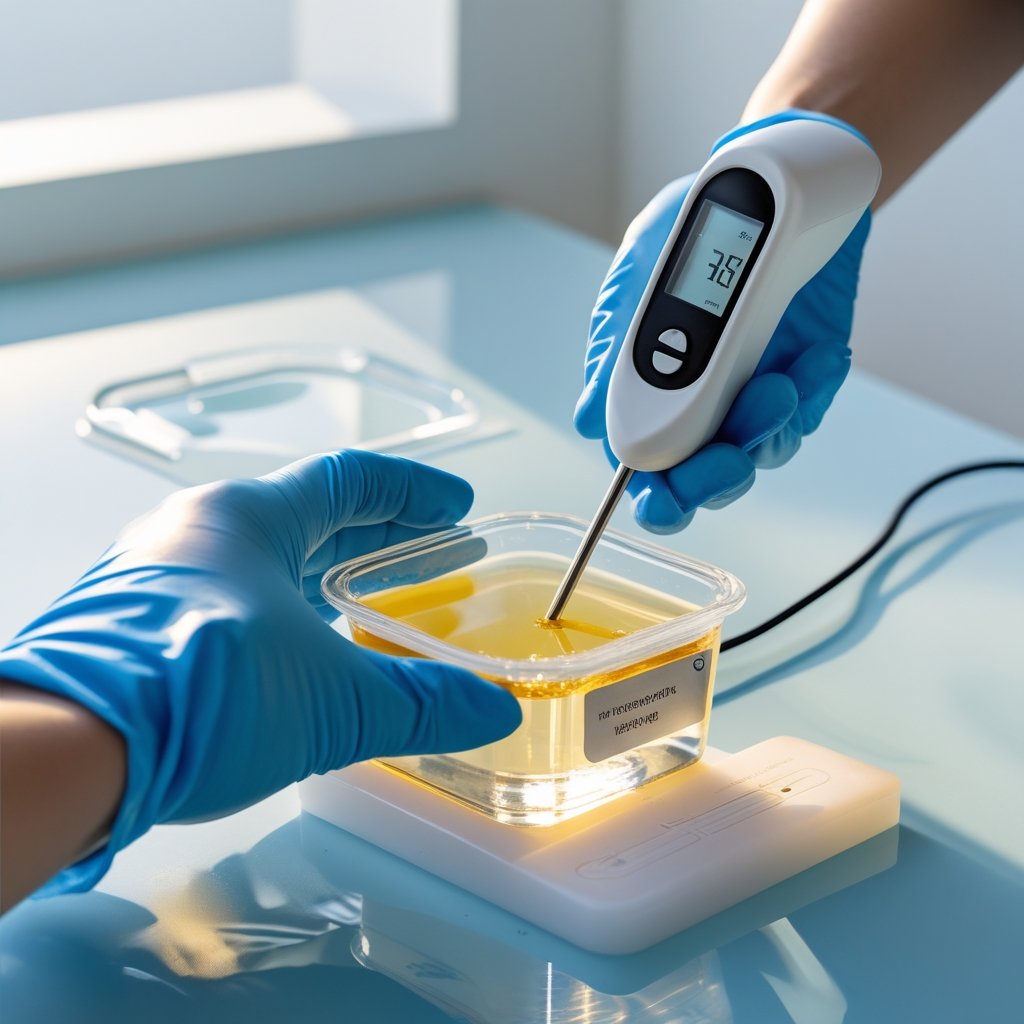
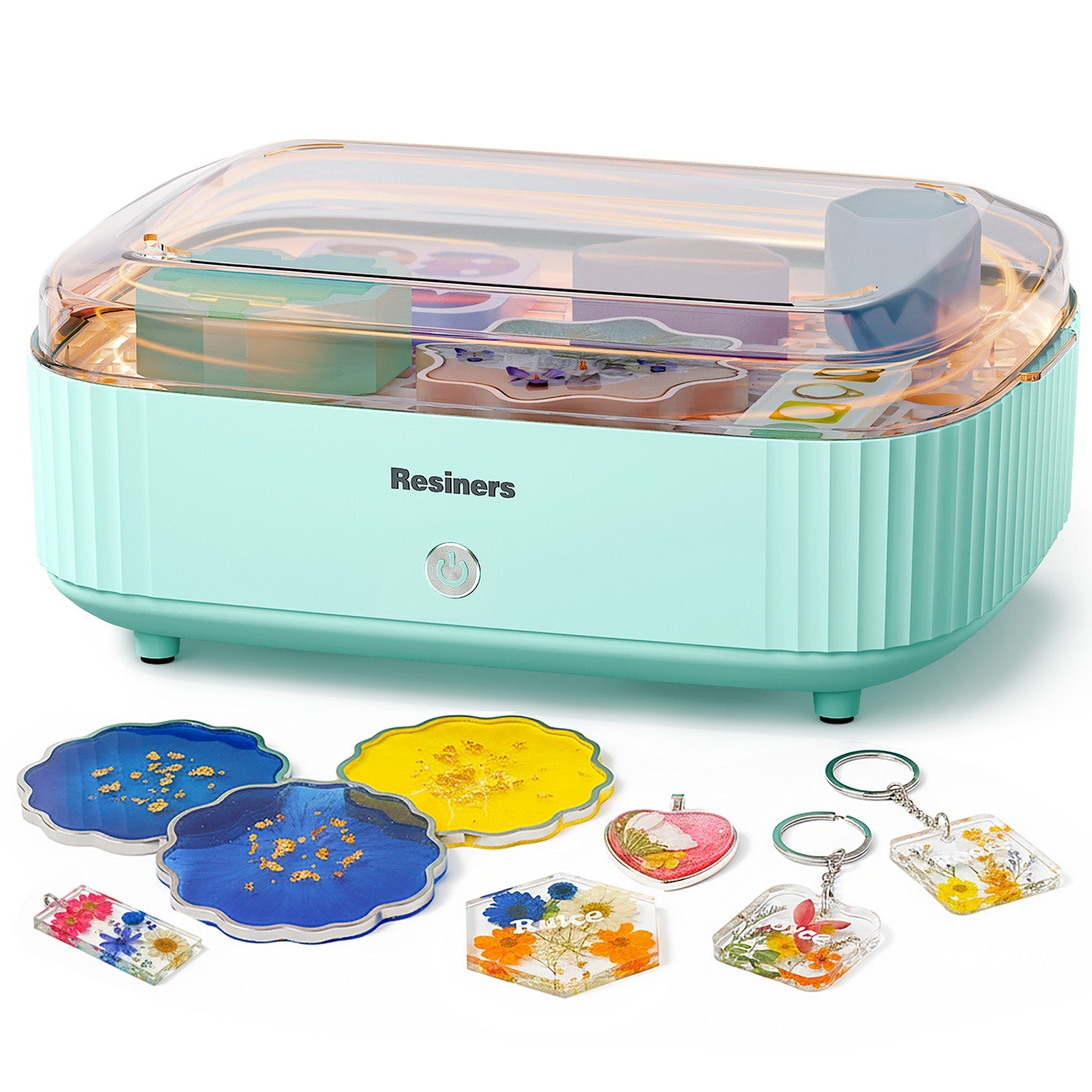
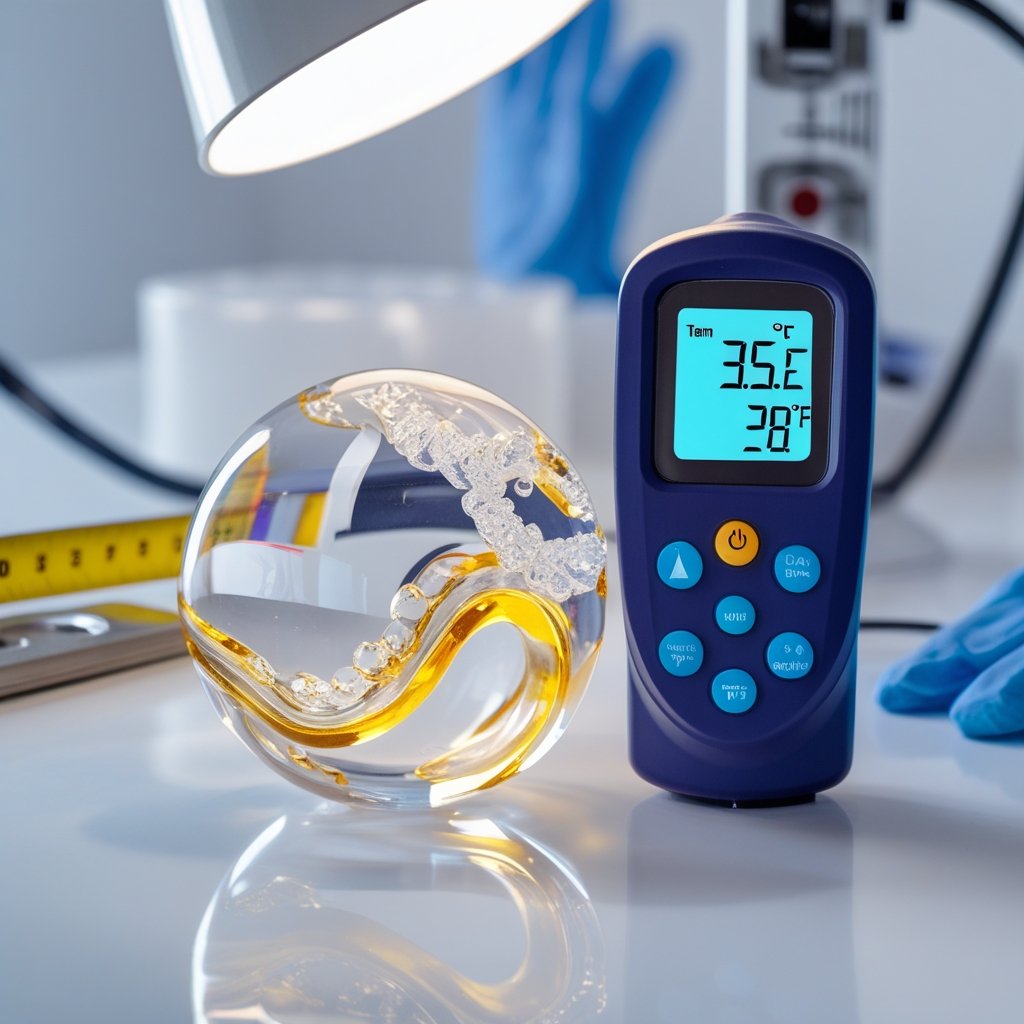
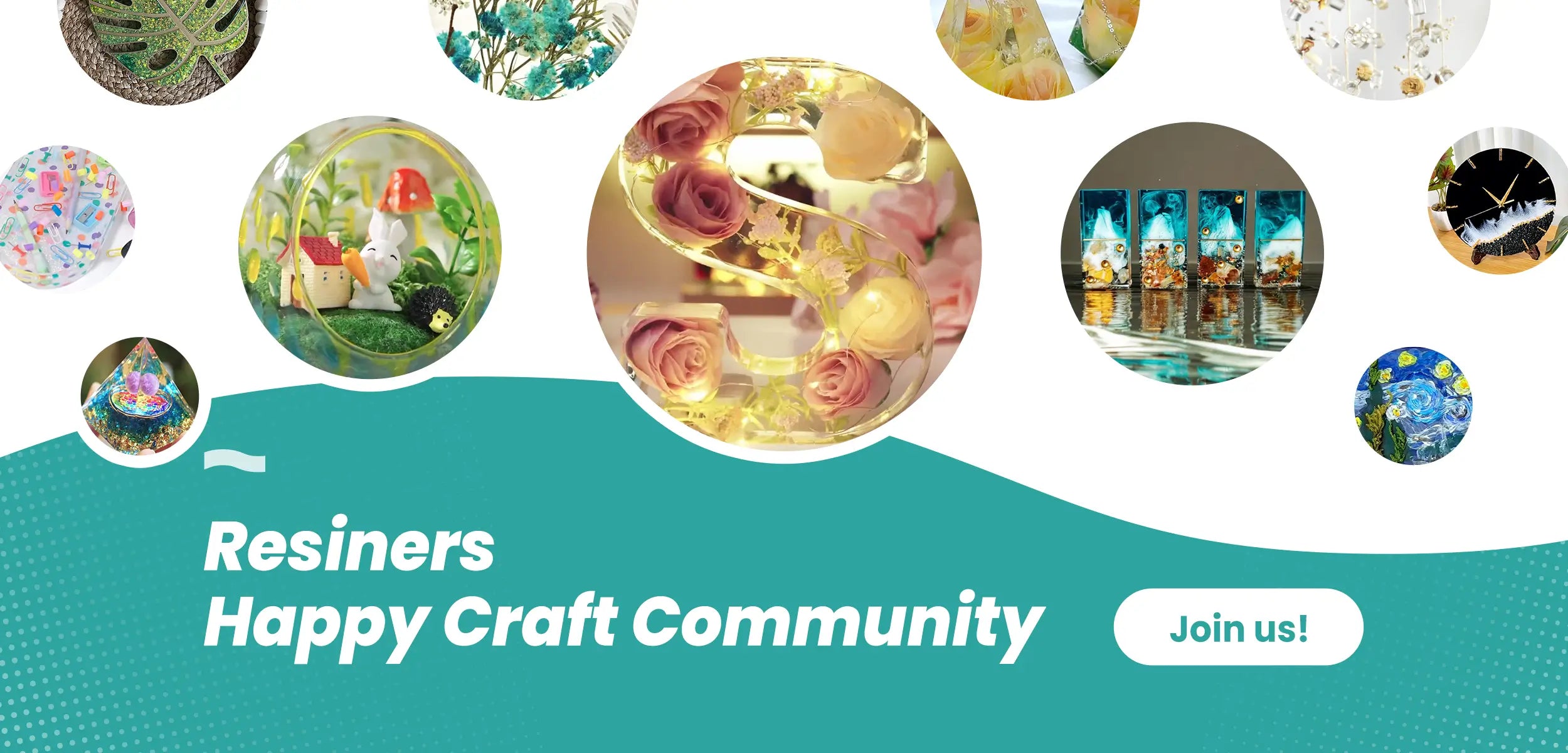
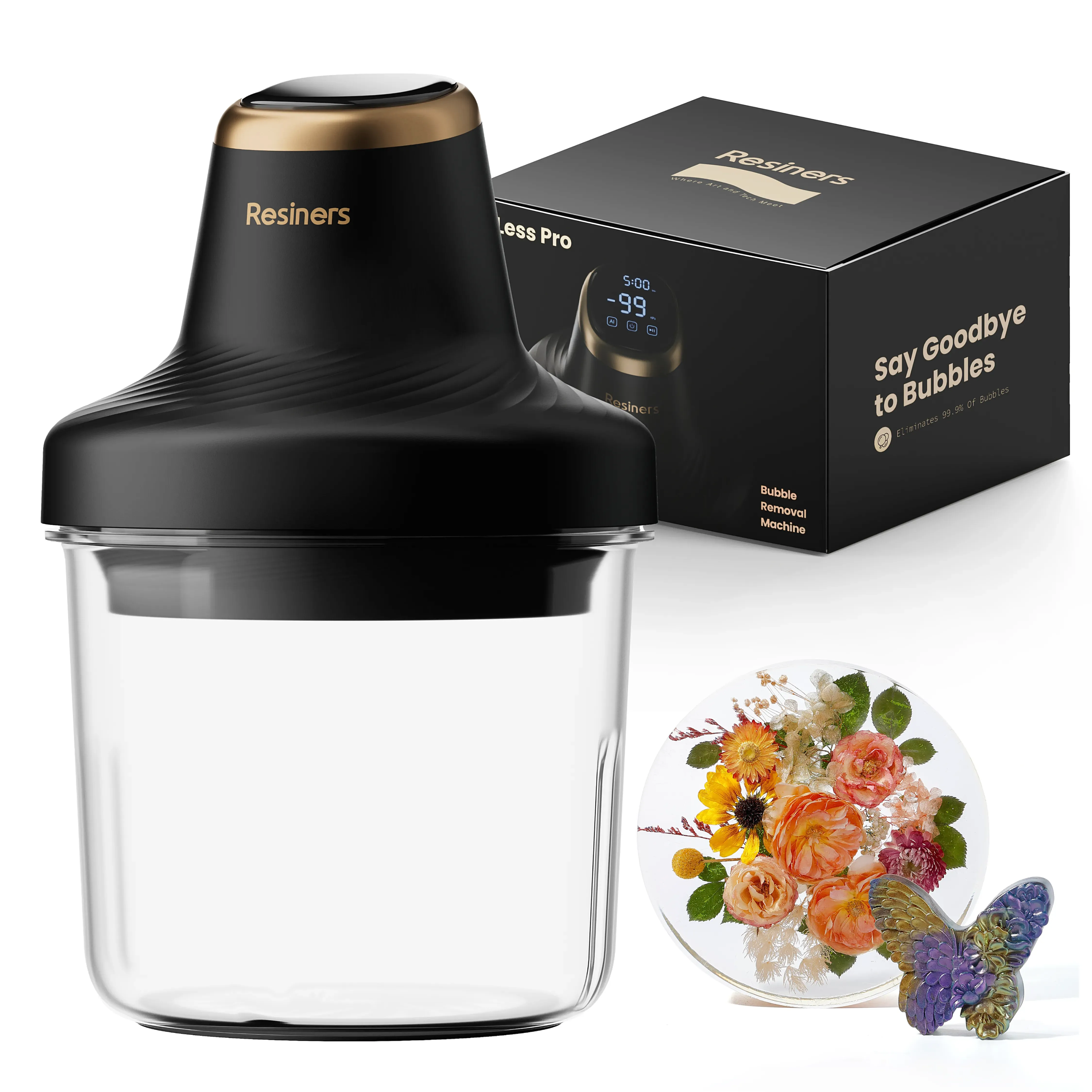
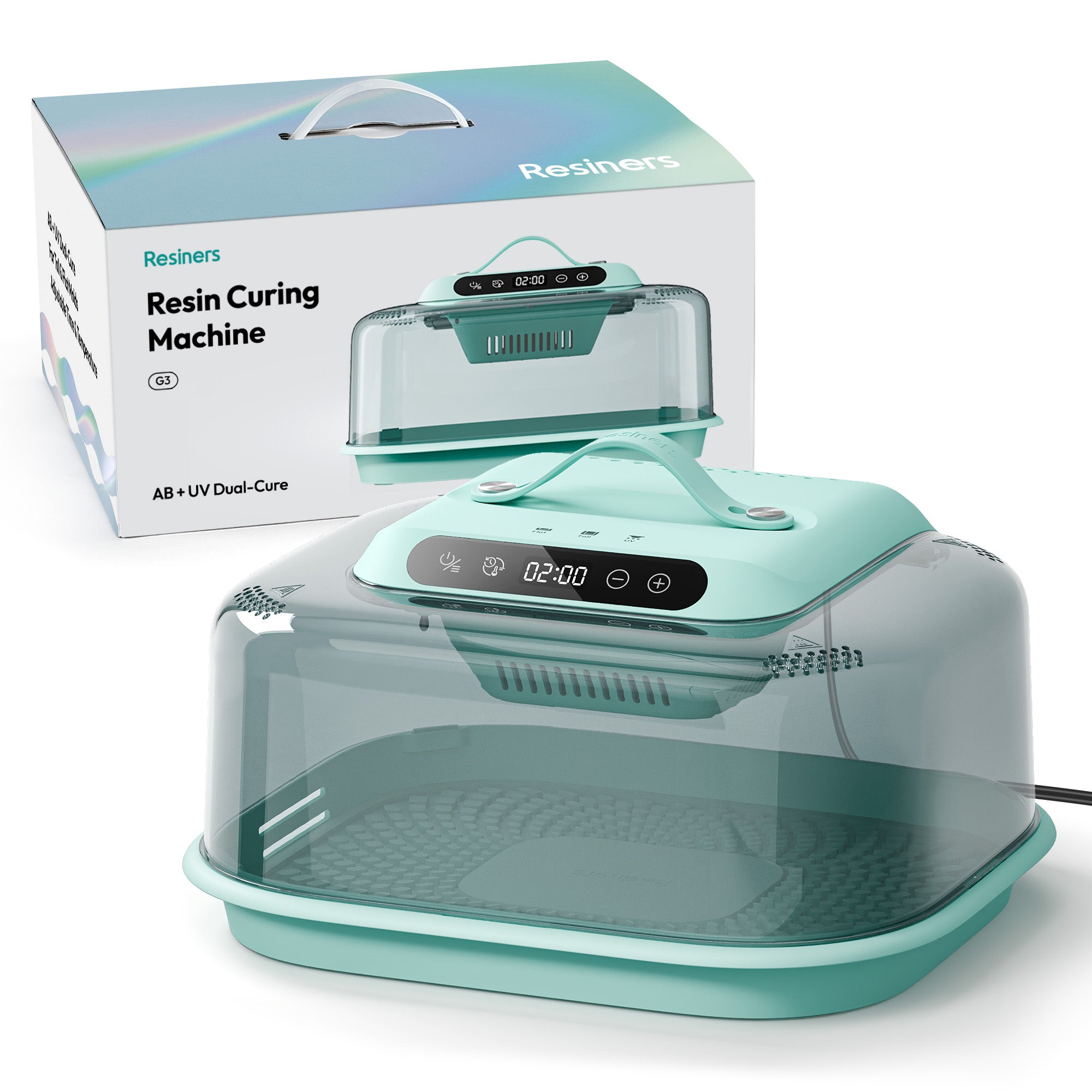

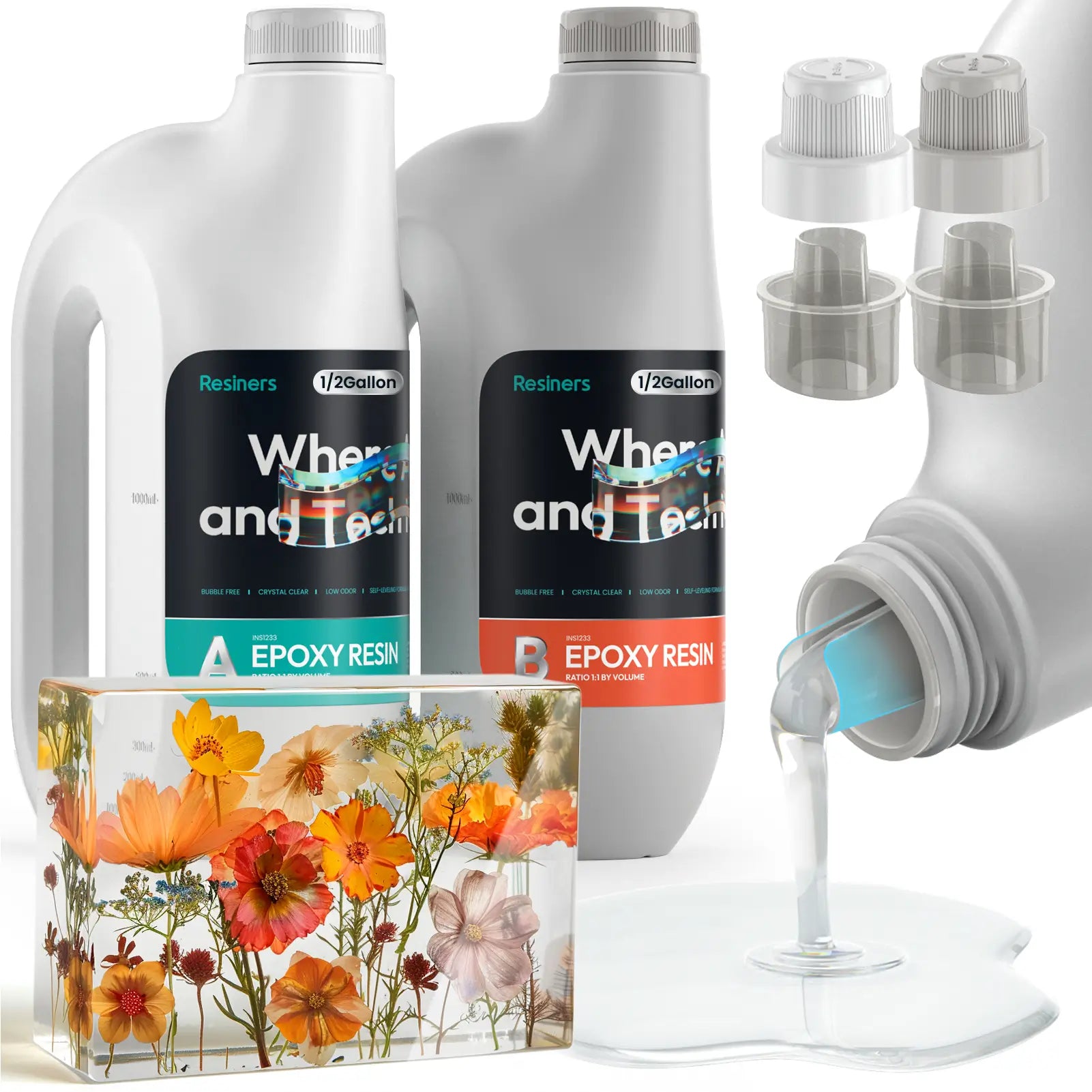
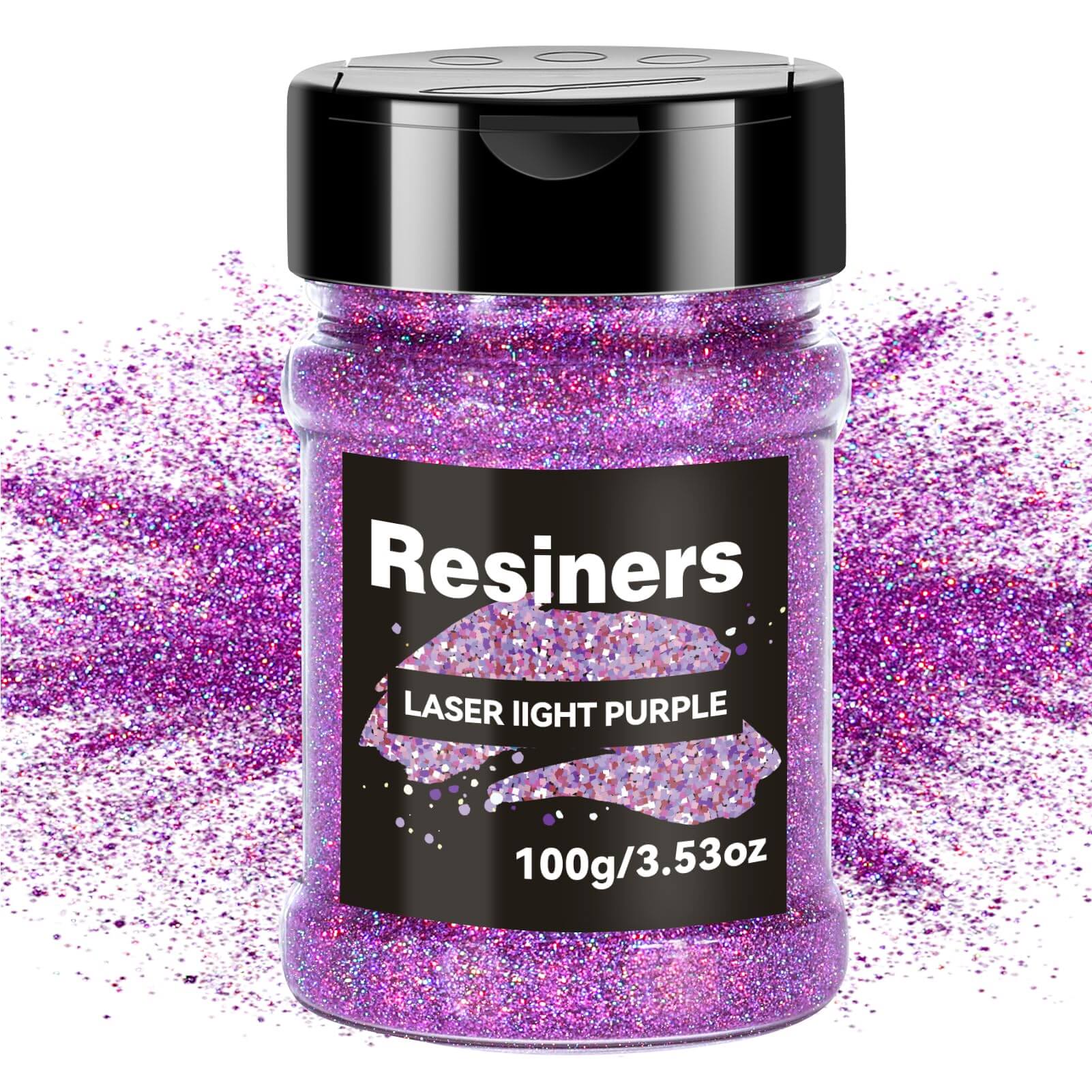
Leave a comment
This site is protected by hCaptcha and the hCaptcha Privacy Policy and Terms of Service apply.